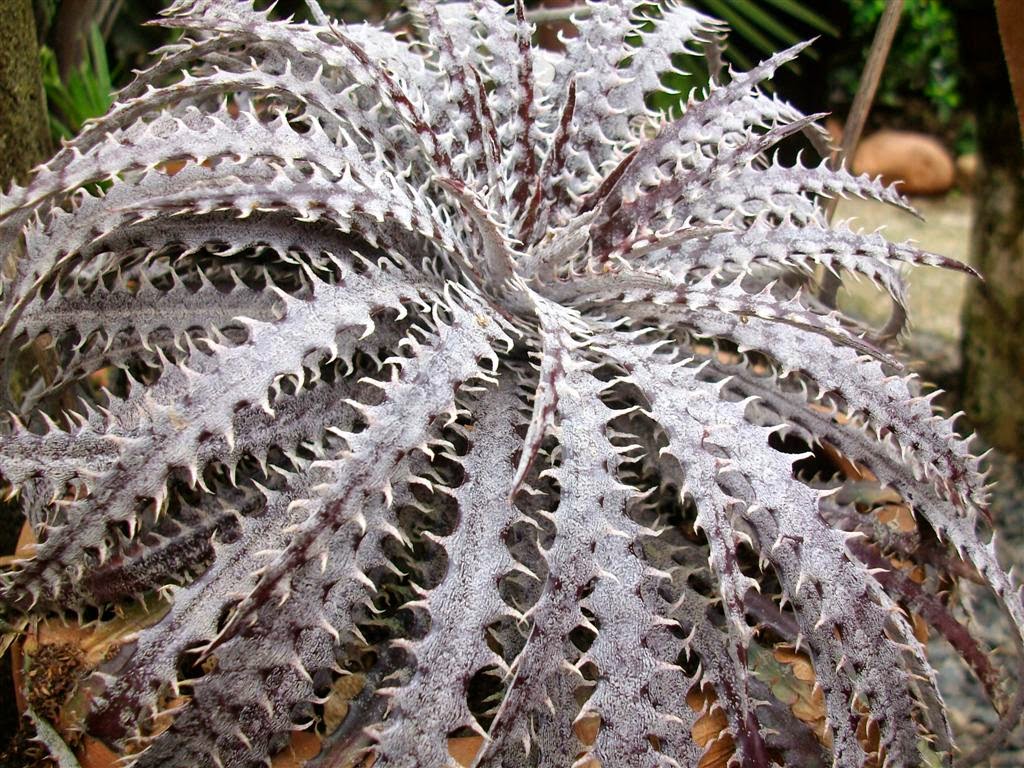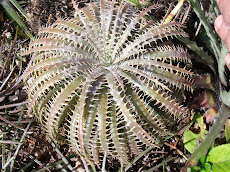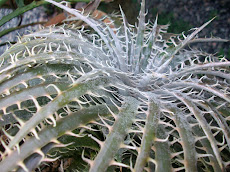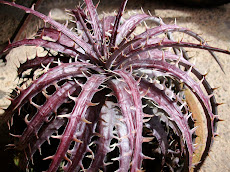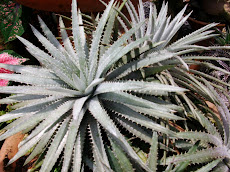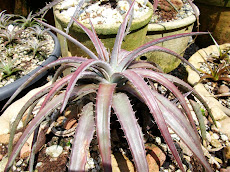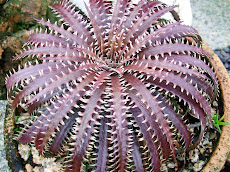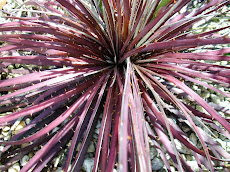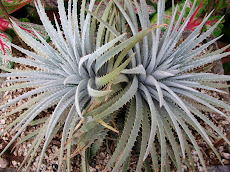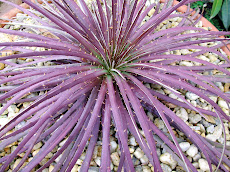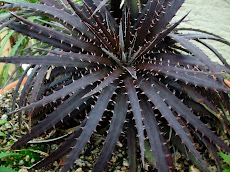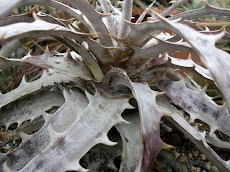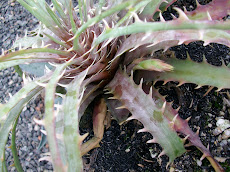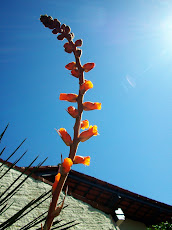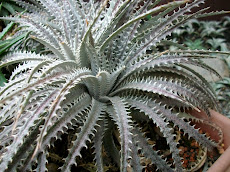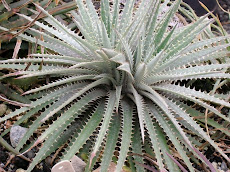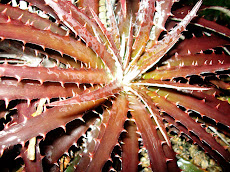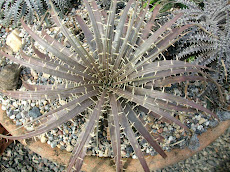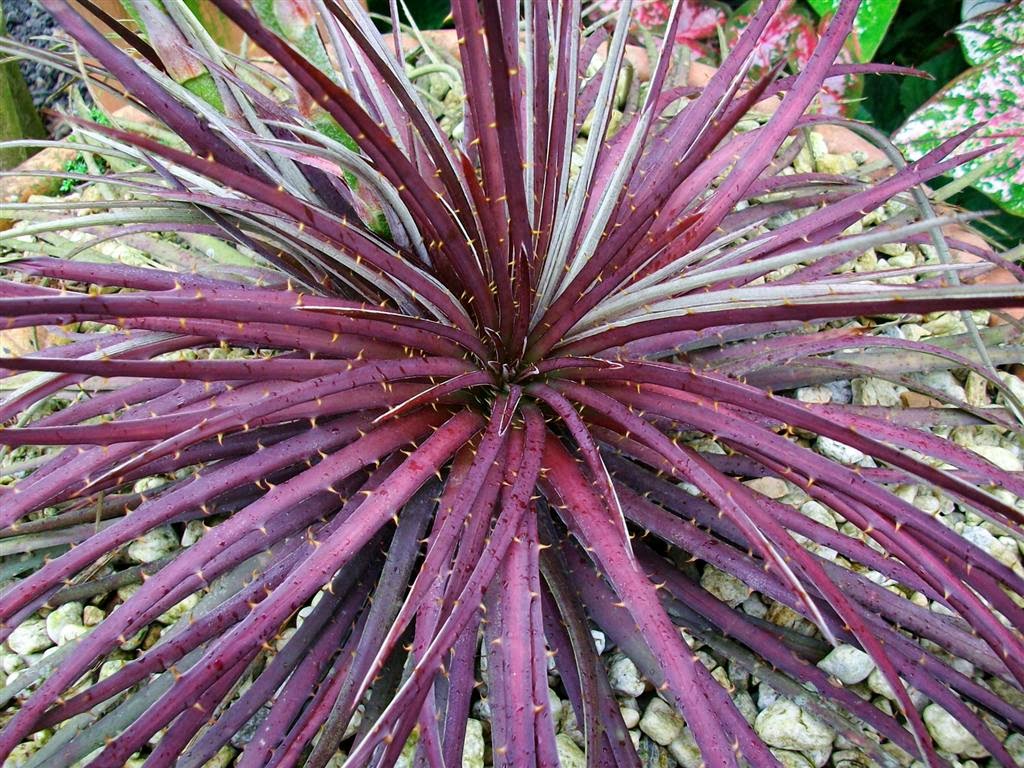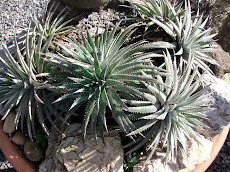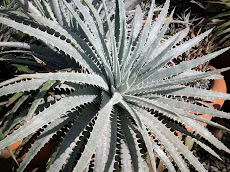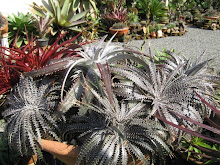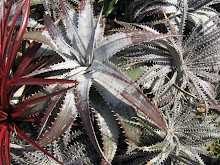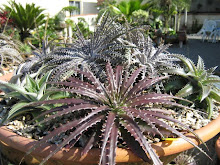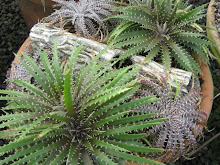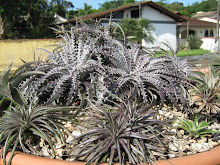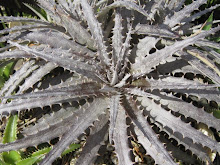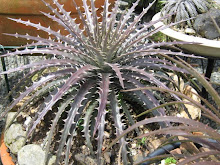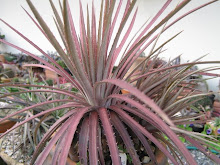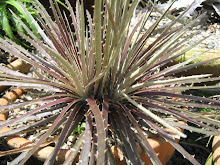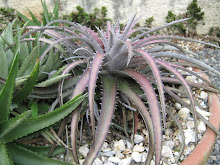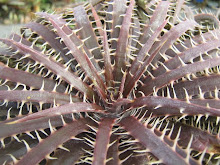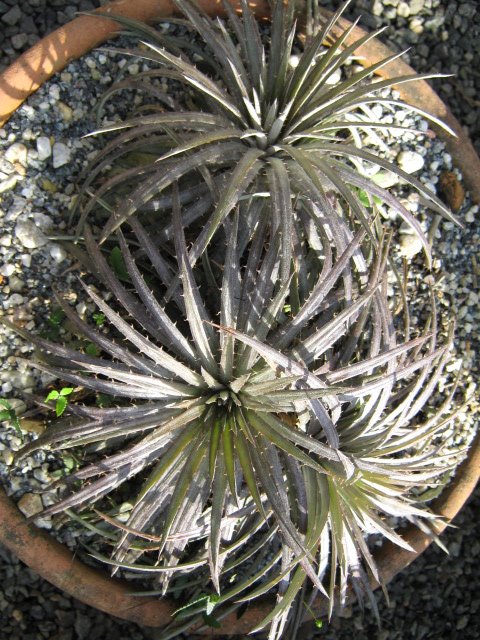Hummm do you find hard to spell this miserable name? Imagine us. Naming plants has being ,in Human History, a matter of who first arrives. In South America the first historically were Europeans. The Iberians after much quarrel decided to come and since years ago they tried to make us all believe they were the very first to set feet here. Now nobody convince us of that and they were the first to assault us, to destroy, kill in order to fulfil the Church and the State treasures with gold, silver and precious gems and woods and a long array of most needed thing. History proved the Europeans were the true barbarians and this in all senses. These guys Destroyed civilizations here and a bit upper in Central and North America. A few decade ago European settlers here in Santa Catarina used to send deeply sick people from contagious sicknesses to meet native tribes. Our Indians died like flies and this was not long ago. My grand mother saw this! Her younger daughter Izabel my mother was born in 1912. There was no electricity, telegraph was not here. Just a few could read and write. No road no nothing. European settlers here adored their traveling counterparts no matter who and in most the cases invaders with their minds full of preconceptions and kinkiness. Our plants went to other side of the Atlantic to get names nobody could spell it correctly. It was a very interesting thing to do to have a little piece of the new tropics at home. It meant wealthy, richness and everyone who could afford one had a Victorian (Queen Victory was never nude, not even did her doctor and not left aside her husband. I was all under covers.) Crystal Palace no matter it was just a small bottle. But the guy was a prince... Oh, my...Germany alone had so many princes and princesses they did not know what to do with them and most were exported to England and Russia, Austria and Hungary and ... some not a bit sound minded. The prince was a gardener and so and so... everybody were... imagine there were not many chances for one soul to get out of the stinking wintered rooms. Set aside stay close to that unbathed hairy pitted sour sorry souls spouses. No merit in being that. Yes, at that time... Yes, this is it! Precisely at that time people were fulfilled to the top with preconceptions. Indians had no soul even were not human beings even so if they were they were just like dogs and not a most estimated one. They were to be chase, killed, hunt.Those dogs lived for millenniums here. Some had cities and much better and bigger cities than any in Europe at that time. They knew these impressive plants and they named them as the plant with many spines: GARAVATA!
They were less than a hunting dog and even much less valuable. In many cases they were a pest to be won.... Garavata? Never! Dyckia!The name must had never crossed ones mind in Europe. Why?Why should anyone bother? Man eater feathered less than beasts beings....It would never be a surprise..an European would lend a name...normal. Things were this way.
...and now? Yes, now. Thing are that way too?For God sake! Dyckia is an outrageous horrendous name humiliating unacceptable name. Let us find a grass at the Mont Blanch to name, a violet somewhere else...
Time to remedy that! It is possible and more than just possible, necessary.
Green minded? Does a green intelligent and cult mind accept this? No, absolutely not.
...and now a question, a bizarre one: Dyckia, reminds you of what? Yes, that is it. Yes, pale faced, precisely that.
Ah, I am a pale face myself.
One must dare to change...do you how a castle begin? ....with one single stone....






















































